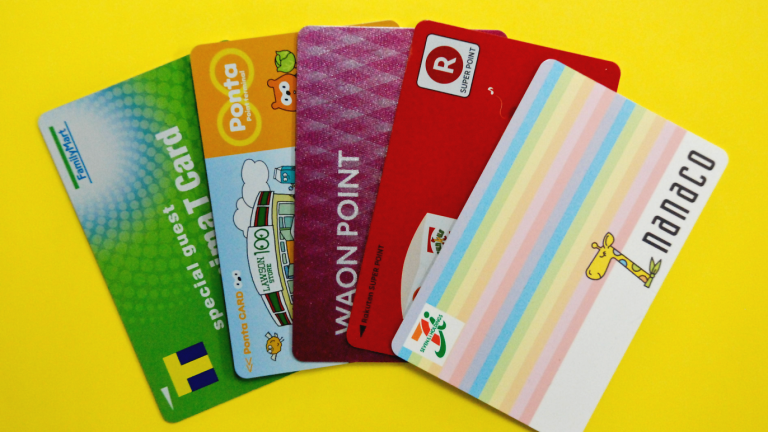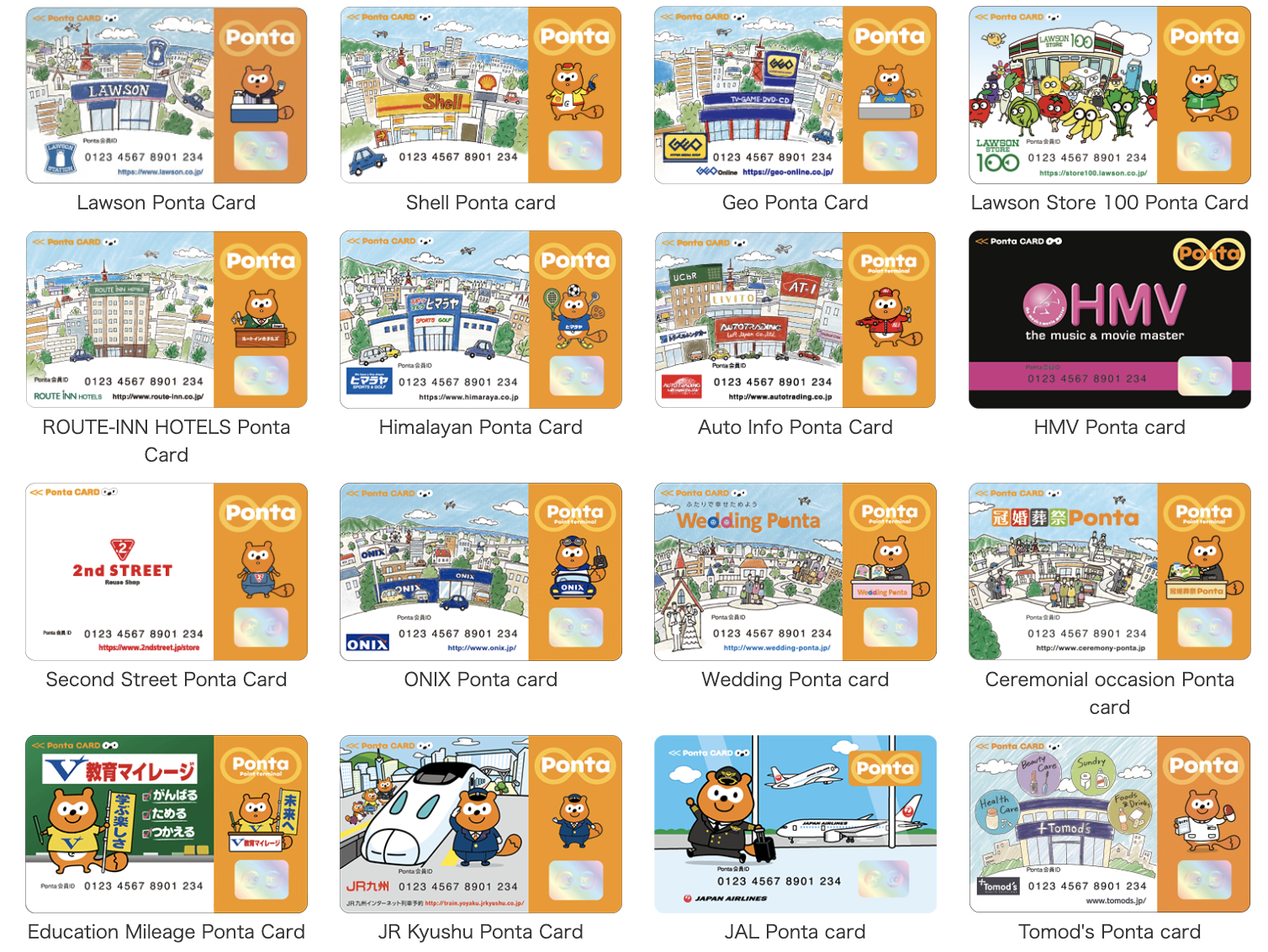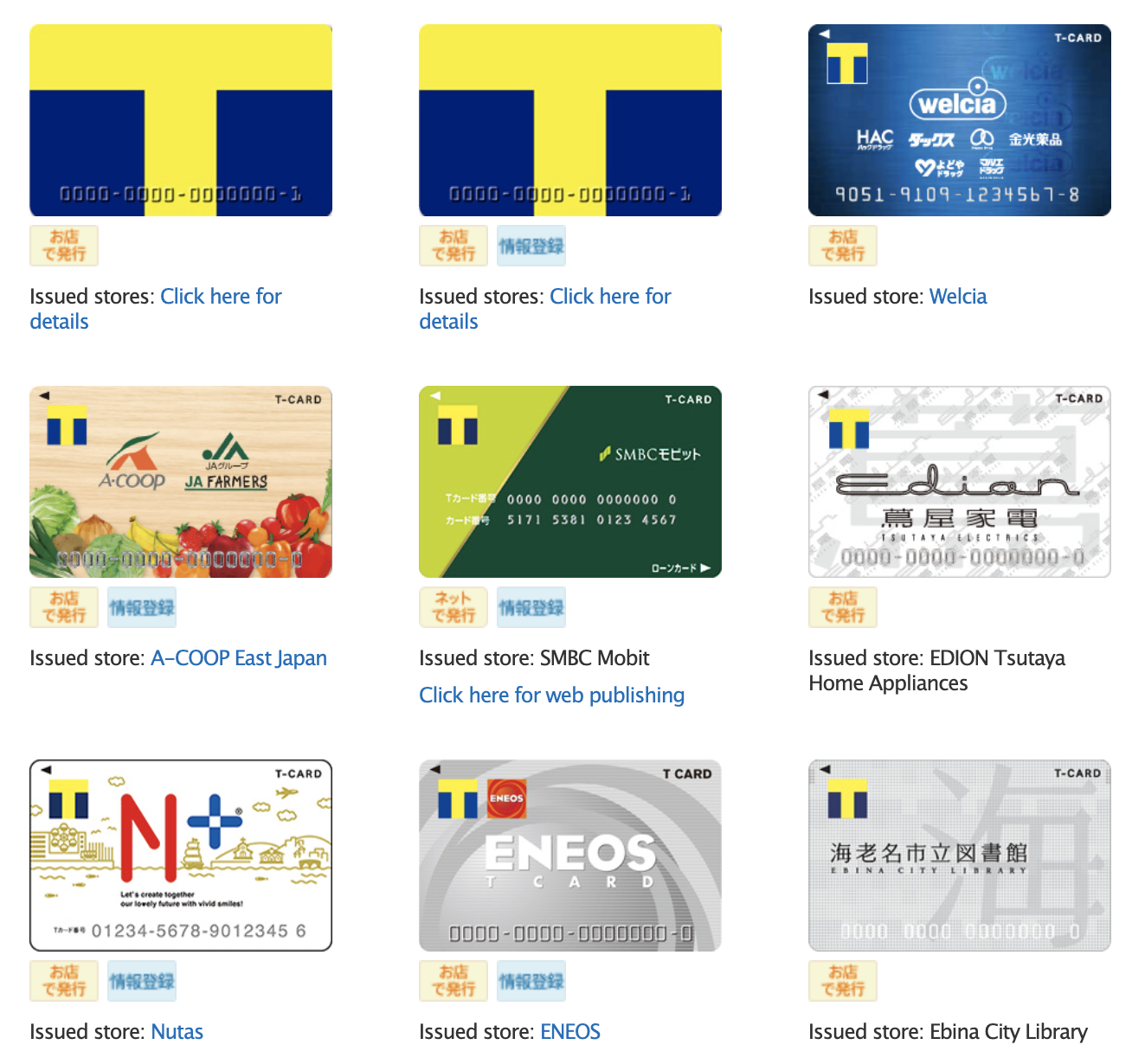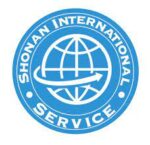
My wallet might be fatter because of all the point cards I have accumulated in the past few years, but I have no regrets. I enjoy being asked by the cashier if I want to use the points in my point cards because it’s enough to pay for what I want to purchase. If you’re still skeptical about this whole thing or curious just how beneficial these cards can be, keep on reading.
What are Japanese convenience store point cards
Today, we will only be focusing on convenience store point cards. Take note that Japan has both physical and online point cards for almost all retail stores such as supermarkets and boutiques. However, when you’re in Japan, chances are you will need to visit a convenience store at one point, so let’s tackle this topic and get some extra perks.
There are three leading convenience store chains in Japan: 7-11, Lawson, and Family Mart. Each one has a particular point card, Nanaco, Ponta, and T-Point, respectively.
7-11’s Nanaco card

The Nanaco card is used for 7-11 and works more like an ‘e-wallet’ IC card, requiring a top-up so you can accumulate points. The card itself is designed with light rainbow colors, featuring a giraffe.
Other accepted stores: Denny’s, Seibu Sogo, Ito-Yokado, Ario, McDonald’s, Coco Ichibanya, Shinsei Bank, and more.
Sign-up/card fee: ¥300
How to apply: Fill out the application form from any of the stores that accept Nanaco. The card is issued immediately at the store. You can also apply online and get the card mailed to your address.
Conversion: ¥100 = 1 point
Redemption: 1 point = ¥1
You can access the Nanaco website here.
Lawson’s Ponta card

Lawson’s Ponta card uses the friendly-looking orange raccoon as its mascot. On top of accumulating points, using the Ponta card at any Lawson gives you even more savings by charging you less for the points you’ve earned. For example, some items will cost less than the SRP when you use your points to purchase.
Other accepted stores: Shell, Lawson Store 100, KFC, Japan Airlines, Geo, Tomod’s, Seijo Ishii, 2nd Street, and more.
Sign-up/card fee: Free

How to apply: You can get your card at any Lawson Station inside the store or online. You can choose the regular point card, a credit card, or one with a prepaid function.
Conversion: ¥100 = 1 point
Redemption: 1 point = ¥1
You can access the Ponta website here.
Family Mart’s T-Point card

Lastly, you have the famous T-point card – the bold yellow “T” available in so many stores that those who don’t know what it is will be forced to inquire.
Other accepted stores: Maruetsu, Welcia, Gusto, Yoshinoya, Lotteria, Tsutaya, Studio Mario, and more.
Sign-up/card fee: Free

How to apply: You can get a T-Point card at almost all stores where it’s accepted, whether a Family Mart, Tobu, or Tsutaya store. The card is issued on the spot.
Conversion: ¥200 = 1 point
Redemption: 1 point = ¥1 (may vary for other exchange systems with establishments)
You can access the T-Point website here.
Compute the savings
Unless you live right beside a supermarket, chances are you will find yourself at a convenience store to get a stick of butter, some tofu, coffee, or any last-minute item that doesn’t require a separate trip to a larger store. I go to the nearby 7-11 to get batteries for the stove, a carton of milk, or some sandwiches for dinner when we’re too tired to cook or eat out. During these moments, you can really maximize the use of convenience store point cards.

Which card to get
So, which one should you get? My advice is all, especially if you have a store that you frequently visit from each one. I personally have all three because we purchase specific items from at least two stores and patronize a lot of the restaurants on the list. This approach lets me maximize the points I can acquire. Recently, there are only a handful of stores we step into that I don’t have a corresponding point card for.
Just make sure to check if your hard-earned points are about to expire so you can use them! You can find these details at the end of a receipt or online if you’ve linked your card to the shop’s app.
If you prefer an uncluttered wallet, these three point cards have an app version where you simply present your account’s bar code from your smartphone to accumulate points.

Other uses of the point cards
The good news is these point cards can also be used in other stores, so you might want to check out where else you can accumulate points. For example, Family Mart’s T-Point card is considered the gold standard of point cards in Japan because it has a massive selection of stores that accept the card.
You can even convert T-points into Bitcoin if you’re into cryptocurrency or get T-points when you book an Airbnb anywhere in the world as long as you link your account. Speaking of travel, you can exchange T-points for ANA miles, giving you a respective amount of airline miles using 500 T-points. You can start saving up for your travel plans!
What’s more, these cards often hold campaigns where certain items get more points or a certain amount of points if you opt for a credit card linked to the company. The point cards can also be used for the store’s courier services, so if you send or receive packages using a convenience store, the points can quickly pile up. Make sure to check out the campaigns to see if any fits your shopping style.
It might seem like a small thing to gain one point for every ¥100 or ¥200 purchase, but my advice is to make it a habit to use your point cards whenever you visit the convenience store. You might forget just how many points you have but treat it as cashback or money saved that comes with buying something that you needed in the first place.













